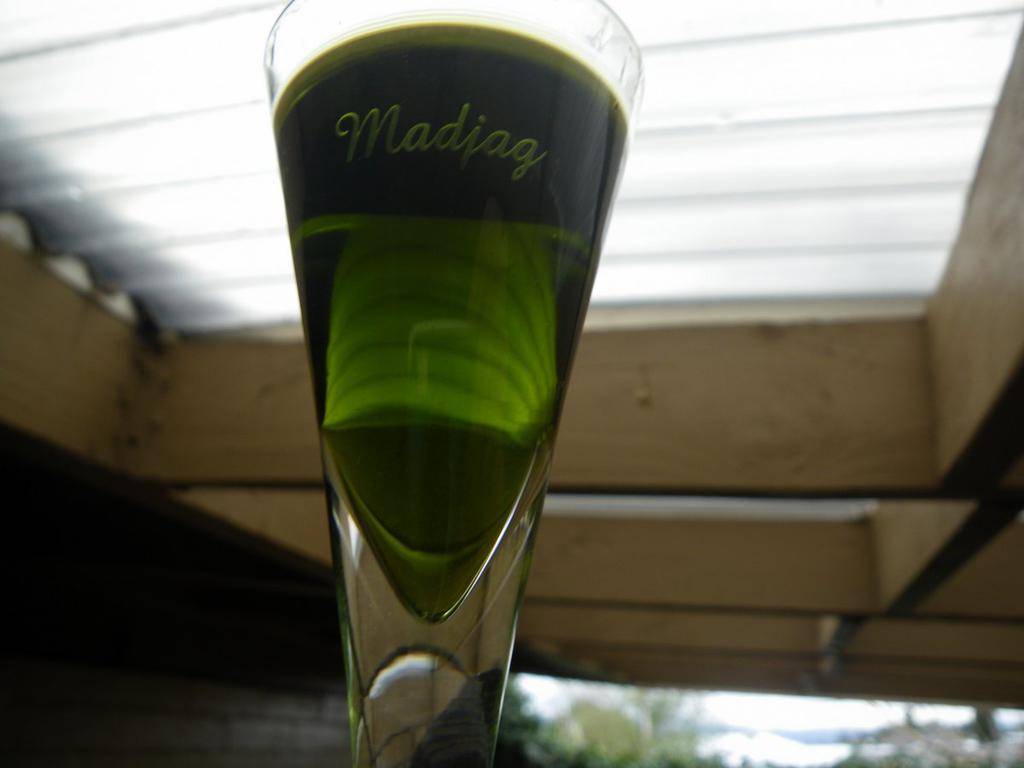Madsinthe
Decided to be a test pilot today....2 months ago I decarboxylated 1 oz of Afropips Malawi99 and about 1/4 oz of Barney's Farm LSD and mixed into 2 pints of 190 proof Everclear. I took a level teaspoon at noon.
I call it Madsinthe after the fabulous liquor Absinthe, favorite of poets and painters in 1800's Europe. Though I've never tasted that Wormwood extract and herb delight, I have seen photos of its characteristic translucent green beauty.
It's an amazing buzz....2-3 hour creeper that has a nice inner voice to it. maybe next week I'll go for a tablespoon and hang out in the garden and yard. Not the sort of high you want for being behind the wheel...

Decided to be a test pilot today....2 months ago I decarboxylated 1 oz of Afropips Malawi99 and about 1/4 oz of Barney's Farm LSD and mixed into 2 pints of 190 proof Everclear. I took a level teaspoon at noon.
I call it Madsinthe after the fabulous liquor Absinthe, favorite of poets and painters in 1800's Europe. Though I've never tasted that Wormwood extract and herb delight, I have seen photos of its characteristic translucent green beauty.
It's an amazing buzz....2-3 hour creeper that has a nice inner voice to it. maybe next week I'll go for a tablespoon and hang out in the garden and yard. Not the sort of high you want for being behind the wheel...


